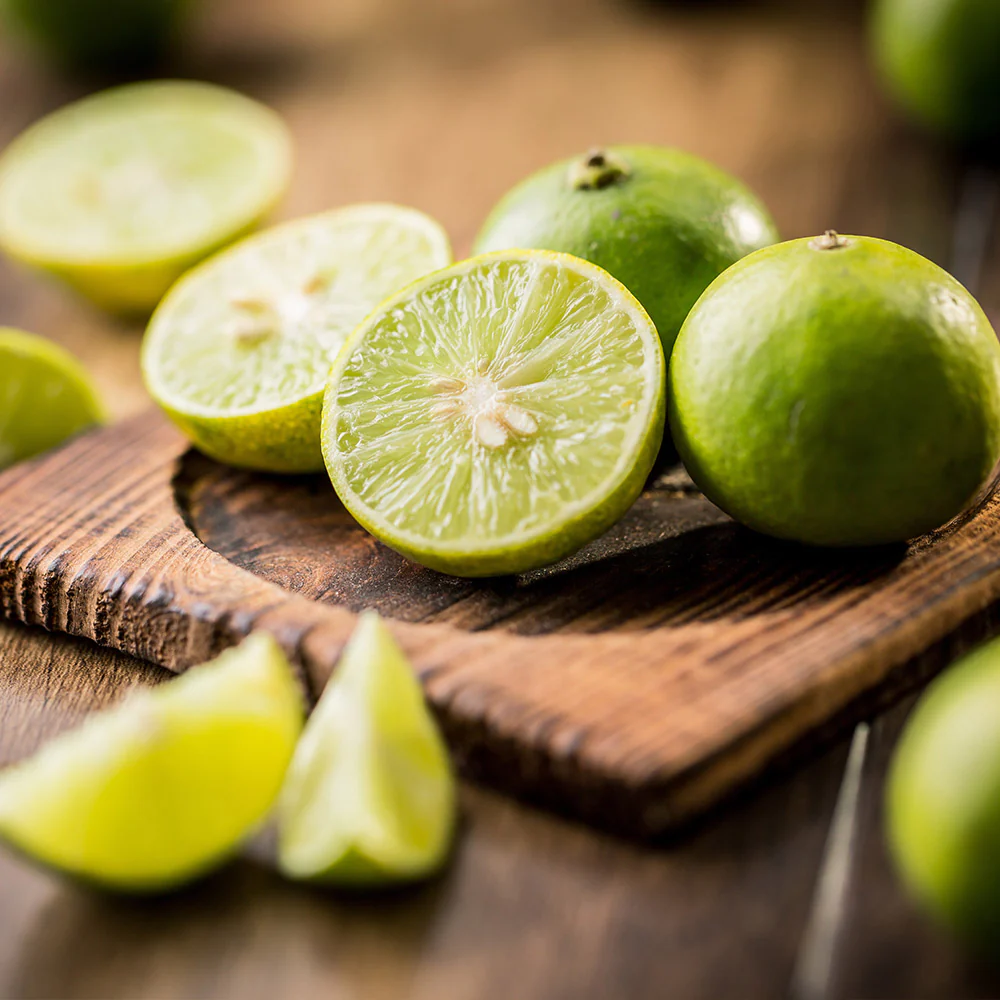Description
About Shami Plant
The Shami plant, scientifically known as Prosopis cineraria, is a hardy, drought-tolerant, and small deciduous tree native to arid regions of South Asia, the Middle East, and parts of Africa. Belonging to the Fabaceae family, the Shami tree is known for its finely divided, fern-like leaves and its tolerance for harsh, arid conditions. It produces clusters of small, yellow flowers that give way to seed pods. The tree is highly valued for its uses in traditional medicine, and it plays a significant role in arid ecosystems by providing shade and sustenance to wildlife. Shami plants are well-suited to hot, dry climates and have a deep taproot system to access groundwater. Their adaptability and various applications make them an essential tree for arid regions.
Plant Care Instructions
- Location and Sunlight: Plant Shami in well-drained soil in a location with full sunlight. These plants thrive in hot, arid regions and require plenty of direct sunlight.
- Watering: Shami is drought-tolerant once established but may need regular watering during the first year. After that, water sparingly, allowing the plant to adapt to natural rainfall patterns.
- Pruning: Minimal pruning is typically required for Shami. Prune to remove dead or diseased branches as needed. The plant has a natural, bushy growth habit.
- Fertilization: In arid regions, Shami can benefit from organic mulch, which acts as a natural fertilizer. Adding compost around the base of the plant can help improve soil fertility.
- Mulching: In extremely arid conditions, mulching with organic material can help retain soil moisture and protect the roots from excessive heat.
- Pest and Disease Control: Shami plants are generally hardy and resistant to many pests and diseases. Maintain good soil drainage and avoid overwatering to prevent root rot.
- Harvesting: While Shami trees are valued for various uses, the plant is not typically grown for its fruit. Instead, it’s mainly used for its wood and leaves, which have traditional medicinal and culinary applications.
- Winter Protection: In regions with occasional frost, Shami plants are generally cold-hardy. No specific winter protection measures are necessary.
Please note that the Shami plant is primarily cultivated for its wood, leaves, and traditional uses, rather than for its fruit. Specific care requirements may vary based on local conditions, so it’s a good idea to consult with our gardening experts through a personal video consultation available at this website only.























Reviews
There are no reviews yet.